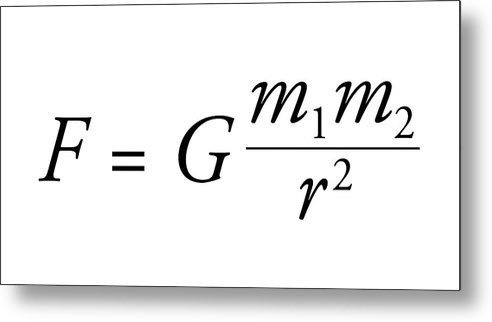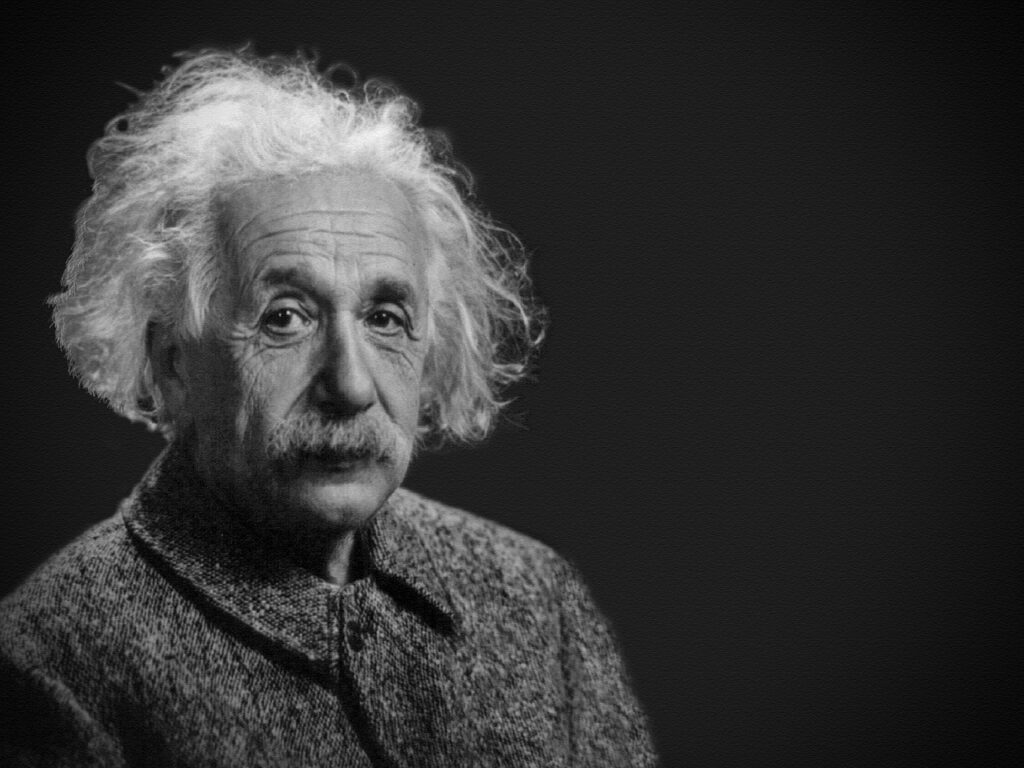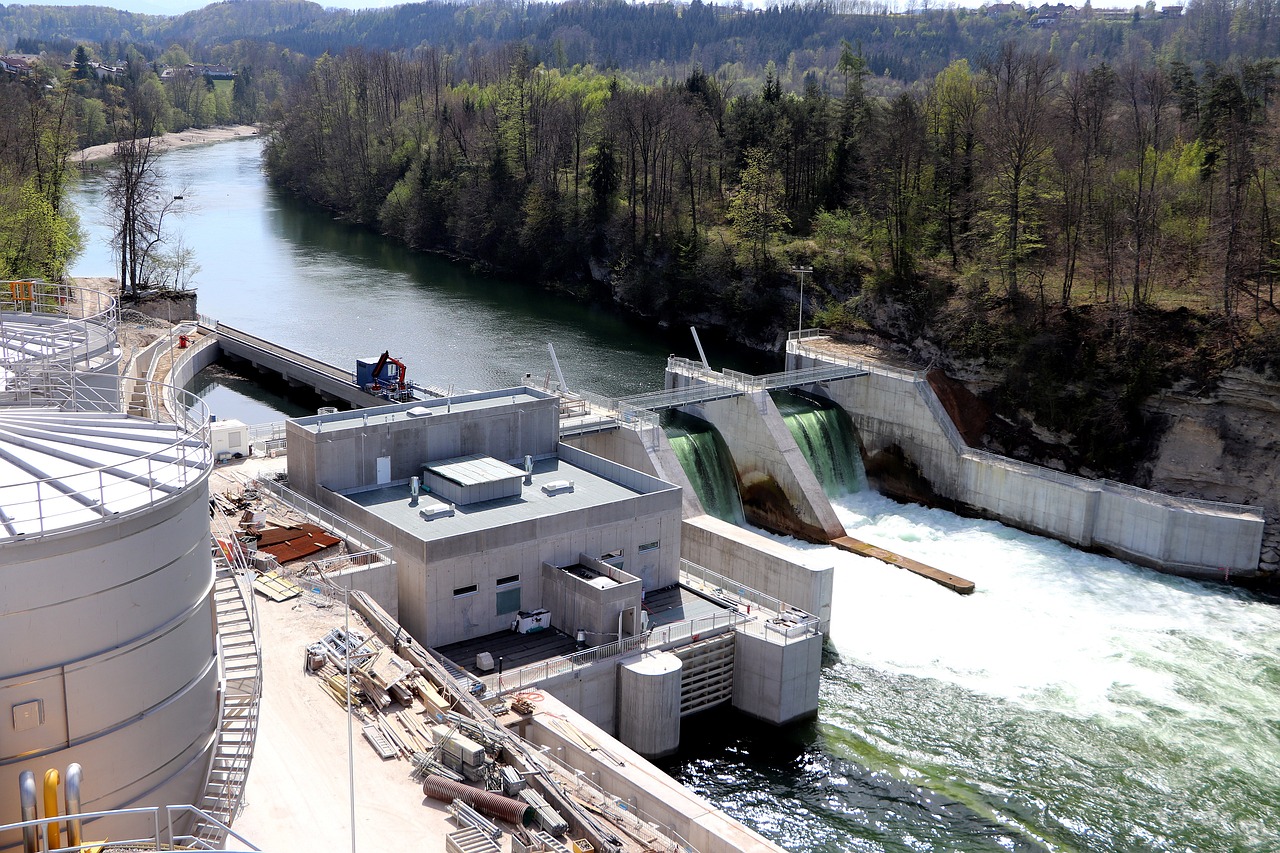Gravitational Potential Energy
Welcome to our journey into the captivating realm of gravitational potential energy. In this comprehensive guide, we will unravel the mysteries surrounding this fundamental concept. From understanding its basics to exploring its diverse forms and real-world applications, we’ve got it all covered. Let’s embark on this enlightening exploration together.
Table of Content
- Forms of Energy
- Gravitational Potential Energy: A Fundamental Concept
- The Dynamic Duo: Gravitational Potential Energy and Kinetic Energy
- Delving into the Law of Gravity
- Forms of Gravitational Energy
- Practical Applications of Gravitational Potential Energy
- Frequently Asked Questions
- Conclusion: Unlocking the Power of Gravitational Potential Energy
- Embracing a World of Potential
Forms of Energy

Firstly, forms of energy encompass a diverse spectrum of manifestations in our universe, each with its unique characteristics and roles in shaping the physical world.
From the potential energy stored in an object’s position to the kinetic energy of its motion, energy takes on various forms. Chiefly including thermal energy in the form of heat, radiant energy as light and electromagnetic waves, chemical energy stored in molecules, electrical energy powering our devices, and even nuclear energy harnessed from atomic reactions.
In fact, these forms of energy continuously interact and transform, driving the processes that govern our existence and enabling the dynamic equilibrium of our cosmos.
Indeed, understanding the interplay of these energy forms is fundamental to comprehending the mechanics of the universe and our ability to harness them for countless practical applications.
Fact and Source:
Did you know that the acceleration due to gravity on Earth’s surface is approximately 9.81 meters per second squared? (Source: National Aeronautics and Space Administration – NASA)
Gravitational Potential Energy: A Fundamental Concept
Defining Gravitational Potential Energy
Undoubtedly Gravitational Potential Energy (GPE) is a fundamental concept in physics that helps us understand how objects interact with the Earth’s gravitational field. At its core, GPE is a measure of the energy an object possesses due to its position relative to a chosen reference point, often the Earth’s surface.
In fact, GPE is intrinsically linked to an object’s mass, the strength of the gravitational field it’s in, and its height above the reference point. As a result, the formula to calculate gravitational potential energy is:
GPE = m . g . h
Where:
GPE is the gravitational potential energy.
m is the mass of the object.
g is the gravitational field strength (approximately 9.81 m/s² on the Earth’s surface).
h is the height of the object above the reference point.
Understanding Gravitational Force
To comprehend gravitational potential energy fully, we must also grasp the concept of gravitational force. Also, this force, described by Sir Isaac Newton’s Law of Universal Gravitation, states that every mass attracts every other mass with a force proportional to the product of their masses and inversely proportional to the square of the distance between them. In essence, this law quantifies the gravitational pull between objects.
Gravitational Acceleration: The Key Factor

The gravitational field strength, often referred to as g, represents the acceleration due to gravity. Indeed, it’s a crucial factor in calculating gravitational potential energy. On the surface of the Earth, g is approximately 9.81 meters per second squared, but this value can vary depending on an object’s location in the universe.
The significance of g lies in the fact that it determines how quickly an object accelerates toward the Earth when released from a certain height. Of course this acceleration is a testament to the Earth’s gravitational pull. And it’s the reason why objects fall when dropped.
The Dynamic Duo: Gravitational Potential Energy and Kinetic Energy
Understanding gravitational potential energy becomes even more fascinating when we explore its dynamic relationship with kinetic energy.
Interplay Between Potential and Kinetic Energy
Indeed, objects in motion possess kinetic energy. Which is determined by their mass and velocity. Thus, as an object falls under the influence of gravity, its gravitational potential energy decreases, and its kinetic energy increases. As a result, this exchange of energy is beautifully illustrated by the law of conservation of energy. In short it states that energy cannot be created or destroyed, only transferred or transformed.
Equations That Describe Their Relationship
To quantify this exchange of energy, we can use the equations:
GPE=m⋅g⋅h
KE= ½ . m . v²
Where:
GPE is the gravitational potential energy.
m is the mass of the object.
g is the gravitational field strength.
h is the height of the object above the reference point.
KE is the kinetic energy.
v is the velocity of the object.
These equations show that as an object falls (height decreases), its gravitational potential energy decreases, but its kinetic energy increases due to its increasing velocity.
Real-Life Examples

Let’s put this concept into context with some real-life examples:
Free-Falling Objects: When you drop a ball from a certain height, its potential energy decreases as it falls. At the same time, its kinetic energy increases, resulting in a faster descent.
Swinging Pendulum: Also, a pendulum swings back and forth, constantly exchanging gravitational potential energy for kinetic energy and vice versa. At the highest point of its swing, it has maximum potential energy but zero kinetic energy. At the lowest point, it has maximum kinetic energy but zero potential energy.
In the next section, we will delve deeper into the law of gravity and explore its role in shaping our understanding of gravitational potential energy.
Delving into the Law of Gravity
Newton’s Universal Law of Gravitation
Specifically at the heart of our exploration of gravitational potential energy lies Newton’s Universal Law of Gravitation. Indeed, Sir Isaac Newton, in the 17th century, formulated this law, which revolutionized our understanding of how objects in the universe interact.
Newton’s law of gravitation states that every particle of matter in the universe attracts every other particle with a force that is directly proportional to the product of their masses and inversely proportional to the square of the distance between them. However mathematically, it can be expressed as:

Where:
F is the gravitational force between two objects.
G is the universal gravitational constant.
m1 and m2 are the masses of the two objects.
r is the distance between their centers.
This law is fundamental not only for understanding the force of gravity but also for comprehending how gravitational potential energy works. most importantly it’s the law that governs the attraction between all objects with mass in the universe.
Role of Mass and Distance
Newton’s law emphasizes the importance of both mass and distance in gravitational interactions. Objects with greater mass exert a stronger gravitational pull while increasing the distance between two objects weakens the gravitational force between them. Therefore, this interplay of mass and distance directly influences an object’s gravitational potential energy.
Gravitational Field Strength
So, to understand gravitational potential energy on Earth’s surface, we need to consider the concept of gravitational field strength. As mentioned earlier, this value is often denoted as g. And is approximately 9.81 meters per second squared.
Also, Gravitational field strength represents the force experienced by a unit mass at a particular location. In other words, it tells us how strongly an object will be pulled toward the Earth due to gravity at that specific point. The stronger the field strength, the greater the gravitational potential energy an object will have when raised to a certain height.
Therefore, by grasping the concept of gravitational field strength, we gain insights into how gravitational potential energy varies across the surface of our planet. This knowledge has practical implications in fields such as engineering, geology, and physics.
Additionally, in our next section, we will explore different forms of gravitational potential energy, shedding light on how it manifests in various scenarios and how it can be harnessed for practical purposes.
Forms of Gravitational Energy

Gravitational Potential Energy at Different Heights
Firstly, gravitational potential energy is not limited to a single reference point; it varies with an object’s height above the chosen reference. So, the higher an object is raised above this point, the greater its gravitational potential energy.
However, consider a book on a shelf. When placed on the top shelf, it has more gravitational potential energy than when it’s on the bottom shelf. This variation in height affects the energy an object possesses and its ability to do work when released.
Positive Work and Its Implications
When an external force is applied to an object to raise it against gravity, positive work is done on the object. In fact, this increases its gravitational potential energy. When the object is allowed to fall back under gravity, this stored energy is converted into kinetic energy and work is done on the surroundings.
This principle has practical applications, such as in energy storage systems, elevators, and even thrilling roller coaster rides. Furthermore, understanding how gravitational potential energy can be harnessed and transformed opens up a world of possibilities for innovation and engineering.
Practical Applications of Gravitational Potential Energy
Energy Storage Systems
Significantly one of the most significant practical applications of gravitational potential energy lies in energy storage systems. This concept is beautifully exemplified in hydroelectric dams. Also These structures harness the power of flowing water to generate electricity.
Since water flows downhill from a higher reservoir to a lower one, it loses gravitational potential energy. Hence this energy loss is converted into electrical energy through turbines. Which power generators to produce electricity. Hydroelectric power plants are not only efficient but also environmentally friendly, making them a sustainable source of energy.
Elevators and Counterweights
Every time you step into an elevator, you’re witnessing the practical application of gravitational potential energy. Elevators are equipped with counterweights that balance the load of the car. And reduce the amount of work needed to move it up and down.
When you call an elevator to your floor, it descends from the top with the assistance of a motor. As the elevator goes down, the counterweight goes up, and both exchange gravitational potential energy. This ingenious system allows for efficient vertical transportation in buildings, making skyscrapers and large structures possible.
Roller Coasters: A Thrilling Display
Roller coasters are an exciting way to experience the conversion of gravitational potential energy into kinetic energy. When you board a roller coaster at the highest point of its track, you have maximum gravitational potential energy. As the coaster descends, gravity propels it downhill, transforming potential energy into kinetic energy.
The twists, turns, and loops of the coaster manipulate this energy conversion to provide you with an exhilarating ride. Roller coasters are a testament to how engineering and physics combine to create thrilling experiences while adhering to safety standards.
Now that we’ve explored some practical applications of gravitational potential energy, let’s address a few common questions related to this topic.

Frequently Asked Questions
What is gravitational potential energy?
Gravitational potential energy (GPE) is the energy stored in an object due to its height relative to a chosen reference point, often the Earth’s surface. It is one of the essential forms of potential energy in physics.
How does gravitational potential energy relate to kinetic energy?
Gravitational potential energy and kinetic energy are interrelated. As an object falls under the influence of gravity, its gravitational potential energy decreases while its kinetic energy increases. This exchange of energy follows the law of conservation of energy.
What is the law of gravity, and how does it impact gravitational potential energy?
The law of gravity, formulated by Sir Isaac Newton, describes the gravitational attraction between two masses. It plays a fundamental role in determining the force of gravity that influences an object’s gravitational potential energy.
Can you explain the concept of gravitational field strength?
Gravitational field strength, often denoted as g, represents the acceleration due to gravity at a specific location. It indicates how strongly an object will be pulled towards the Earth’s surface. Gravitational field strength is a crucial factor in calculating gravitational potential energy.
Is there a limit to how much gravitational potential energy an object can have on Earth?
Gravitational potential energy on Earth depends on an object’s mass and height above a reference point, typically the Earth’s surface. While there isn’t a strict upper limit, practical constraints come into play. For instance, if we were to raise an object too high above the Earth’s surface, we’d encounter challenges related to the atmosphere and the strength of materials. Beyond certain heights, it becomes impractical to further increase an object’s gravitational potential energy. Additionally, as we move far away from Earth, gravitational field strength diminishes, affecting an object’s potential energy. So, while there’s no theoretical limit, practical considerations and the physical constraints of our planet come into play when dealing with extreme heights.
Can potential energy gravitational be negative?
Yes, potential energy gravitational can indeed be negative. Gravitational potential energy is typically measured relative to a chosen reference point. Often the surface of a celestial body like Earth. When an object is positioned below this reference point, its gravitational potential energy is negative. This situation implies that the object would require work to move it from its lower position to the reference point or any higher position. In such cases, the gravitational potential energy serves as a useful concept for understanding the energy required to change the object’s position in the gravitational field, even when it has a negative value.
As we wrap up our exploration of gravitational potential energy, we hope you’ve gained a deep appreciation for this fundamental concept and its practical significance in our world. From the grandeur of hydroelectric dams to the excitement of roller coasters, gravitational potential energy is at the heart of many captivating phenomena.
However, in the final segment of our article, we’ll summarize key takeaways and leave you with a lasting understanding of potential energy gravitational.
Conclusion: Unlocking the Power of Gravitational Potential Energy

In our journey through the captivating world of gravitational potential energy, we’ve uncovered the fundamental principles, real-world applications, and the intricate interplay of this essential concept. As we conclude, let’s recap some key takeaways that emphasize its significance.
The Essence of Gravitational Potential Energy
Gravitational potential energy (GPE) is a measure of the energy an object possesses due to its position relative to a chosen reference point, typically the Earth’s surface. It is an essential concept in physics, contributing to our understanding of how objects interact with gravity.
The Law of Gravity: A Universal Force
Newton’s Universal Law of Gravitation serves as the foundation for understanding the force of gravity. In fact, this law explains how all objects with mass are attracted to each other. Indeed, emphasizing the roles of mass and distance in gravitational interactions.
Dynamic Interplay with Kinetic Energy
Additionally, gravitational potential energy and kinetic energy share a dynamic relationship. In fact as an object falls, its GPE decreases, and its kinetic energy increases. Also this energy exchange adheres to the law of conservation of energy, showcasing the elegance of physics.
Practical Applications Galore
So, from hydroelectric dams generating clean energy to elevators making vertical transportation efficient and roller coasters delivering thrilling experiences, gravitational potential energy finds practical applications across diverse fields. Indeed it is a driving force behind innovation and engineering.
Frequently Asked Questions
Furthermore, we addressed common questions related to gravitational potential energy, providing clarity on its definition, its relationship with kinetic energy, the role of the law of gravity, and the significance of gravitational field strength.
Thus, as we conclude our exploration, remember that potential energy is not limited to the realm of physics and engineering. After all it is a concept that permeates our daily lives, influencing how we build structures, generate power, and even enjoy amusement park rides.
As a result we encourage you to embrace your newfound knowledge and continue your curiosity-driven journey into the world of science and physics. And so the surface of the Earth, our constant reference point, connects us to the heights, masses, and energies that shape our existence.
Embracing a World of Potential
In the grand tapestry of the universe, gravitational potential energy is but one thread. In fact, it weaves through the fabric of our understanding, connecting us to the mysteries of the cosmos and the intricacies of our planet.
Therefore as you go about your day, think about the potential energy that surrounds you. Such as, the dam holding back the water. Also the elevator that effortlessly carries you to your destination, and the thrilling roller coaster that defies gravity. Evidently it’s a force that drives innovation and fuels our curiosity.
In closing, we hope this journey into the realm of gravitational potential energy has left you not only informed but inspired. Also remember, the universe is vast, and our understanding is ever-evolving. So keep asking questions, exploring the unknown, and embracing the potential energy that exists in every corner of our extraordinary world.
Finally, Thank you for joining us on this enlightening expedition through potential energy gravitational, and may your quest for knowledge continue to reach new heights.
Recent Posts
Understanding Energy and Electricity: The Power For Progress
Energy and Electricity Energy and electricity are integral components of modern life, powering everything from homes and businesses to transportation and communication. Without them, the...
The Future of Wind Energy The future of wind energy is set to play a critical role in addressing global energy needs while combating climate change. As renewable energy sources like wind and...


